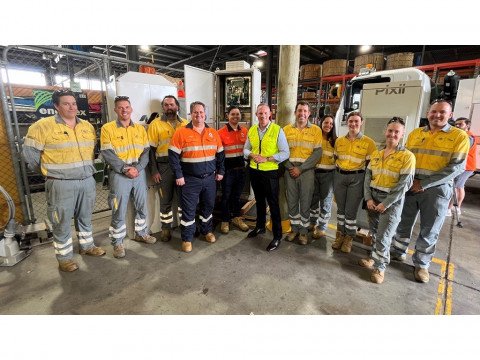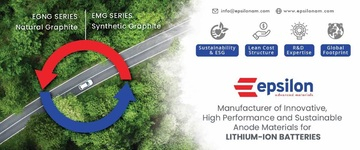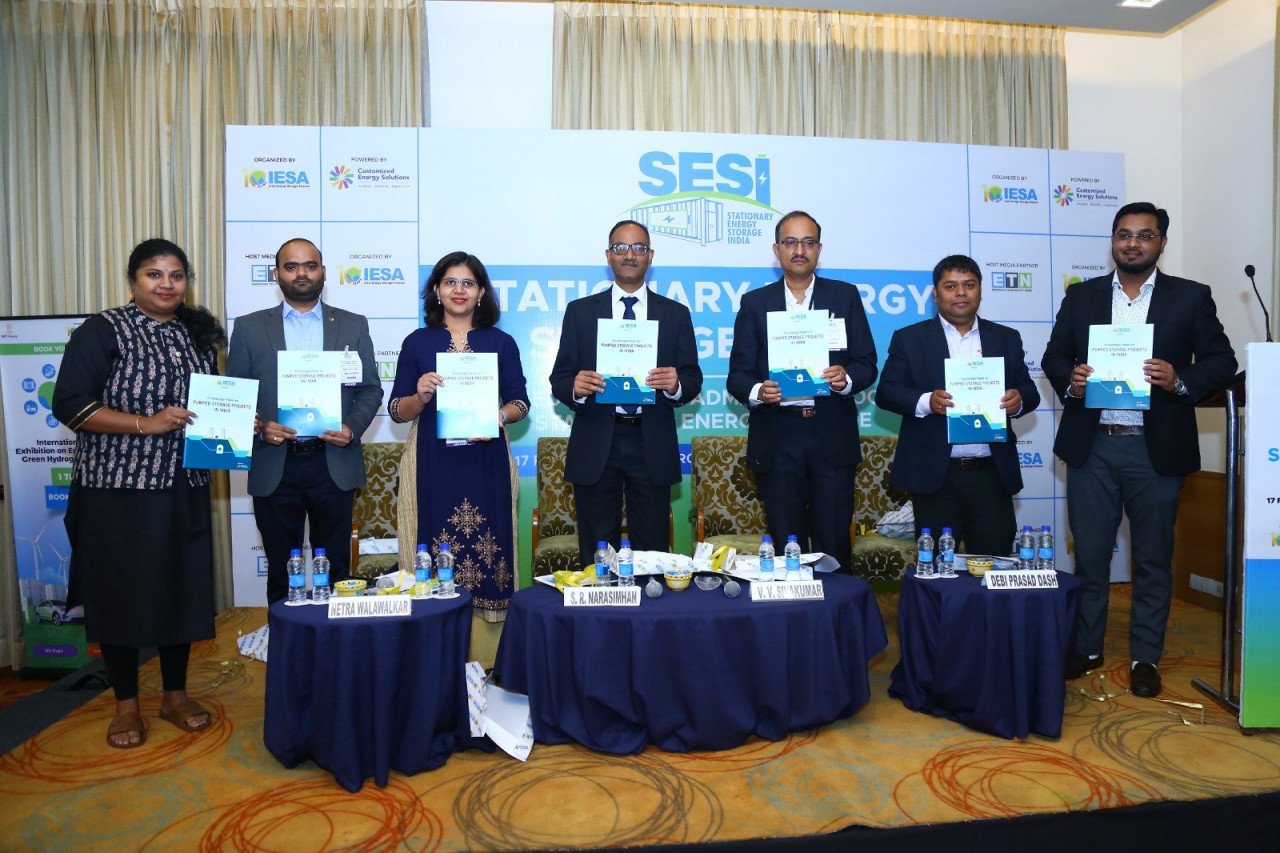SESI 2023: Setting a pragmatic roadmap for Stationary Energy Storage in India
Organized by IESA, the Stationary Energy Storage India 2023 conference saw key stakeholders exchanging their views on the current and emerging outlook for stationary energy storage systems in India, across a plethora of storage technologies and use-case applications including grid-scale, behind-the-meter, and long-duration energy storage, along with necessary policy mandates to push storage projects in the country.
It is an undisputable fact that an effective energy transition from conventional to renewable energy in our societies is possible without an active role of stationary energy storage. With an increasing penetration of wind and solar energy in national power generation and an ever-increasing demand for electricity from consumers, the power infrastructure in India is in dire need of flexible tools manage the arising variability in both the demand and supply sides.
Energy storage systems (ESS) can play a critical role in effective management and integration of renewable energy-sourced power generation and distribution in the country. They can also address a host of other issues including plugging transmission losses and outages, support ancillary services like frequency control, voltage control, anchoring and black start, and enhance resilience of the power infrastructure to climatic and geo-political insecurities.
In a bid to bring all stakeholders in one platform to discuss on ways and means to promote energy storage, India's leading clean energy and technology alliance India Energy Storage Alliance (IESA) organized a one day conference 'Stationary Energy Storage India' at New Delhi today. The event saw the participation of leading companies, experts, and policy influencers in the energy storage and power infrastructure space.
Emerging market
In his opening remarks, Debi Prasad Dash, Executive Director - IESA, spoke on the gradual emergence of the stationary energy storage market in India since the alliance's first report a decade ago in 2013. "The market is already getting established in certain behind-the-meter applications in telecom and so on, but the rapid evolution of battery technologies is creating scope for fresh use-case applications in India. Particularly, the utility and grid-scale ESS segment is in spotlight, as the latest budgetary announcements will infuse fresh interests in these projects", he added.
Speaking on the criticality of standalone energy storage in grid infrastructure, " S.R. Narasimhan, CMD - Grid India, said, "Installation of BESS along with proposed solar plants can significantly reduce the vast investments on transmission for renewable energy. Solar-cum-storage can ensure resource adequacy, and a decentralized battery systems at different levels can enhance the resilience of the system against natural disasters".
He also called for vibrant technical standards for BESS constructions and connectivity with existing grid infrastructure, along with safety requirements and testing and commissioning procedures to verify the storage systems' performance and functionalities.
V.V. Sivakumar of NTPC (GM - Renewable Energy) stressed on technology agnostic approach and dependence-free development of energy storage in the country. "Storage is a reality now. NTPC has called for a 3,000 MWh storage in recent times, with pumped storage getting initial traction. We are also piloting a unique kinetic hydro storage project at NTPC Ramagundam, while thermal and gravity storage systems are also under experimentation", he said.
Sivakumar also revealed that a 10 MW/ 40 MWh BESS project by NTPC Ramagundam is at the proposal stage to get the first hand experience and study its functionalities of battery energy storage. "Coal power capacity is equal to its replacement rate now. With a fair share of additional capacity likely to come from renewables, energy storage as a solution is expected to emerge in multiple areas of operations", he opined.
Further, he identified key challenges to energy storage sector in India, including higher cost, variability and risk factors in available solutions, and peak power solutions rendered unattractive with high storage components. On the road ahead for energy storage in India, Sivakumar suggested building strong domestic capabilities and government's financial support at early stages can act as push factors.
Cost and Technology conundrum
On the talking points of ESS costs and technology adaptability, speakers at the SESI 2023 laid impetus on the need for a holistic system approach to energy storage. Rahul Jain, Head - Energy Storage, Renew Power, commented, "We are deciding technology first and then look for the use-case scenario, which is not the right approach to energy storage tenders. Clarity on usage and storage applications has to an integral aspect of planning. Right technologies will then fall in place, and projects will find their own economics to defend the usage".
Rahul also called for flexibility in policies and tendering processes, along with reduction of taxes and increased utilization to make energy storage projects viable and cost-effective.
Ketan Chintis of L&T Limited (Business Head - Advanced Cell) advocated distributed energy storage applications including residential ESS and behind-the-meter systems to address the lack of stability in power generation and distribution in India.
"Energy storage market development has to be the key priority in India. With right mandates and system-level planning, we can achieve good penetration. Otherwise, the country's energy transition will be severely disrupted", opined Aditya Trivedi, Director - AES India.
Given the concerns on the per unit cost of energy coming out of grid scale energy storage projects and viability for discoms, speakers affirmed that there are already low-hanging opportunities in behind the meter applications, where projects can be implemented and made economically viable, provided the initial bottlenecks in financing the projects are resolved.
That's where the optimum sizing of the ES projects considering all technical parameters becomes important. Speakers also stressed on the importance of considering the overall system costs as against the cost of energy from individual projects to present a holistic picture.
The SESI conference this year had multiple thematic sessions on grid-scale integration, behind-the-meter applications, and prospects of long-duration energy storage systems in India. Further, IESA launched its latest report on pumped hydro energy storage opportunities in India.






















